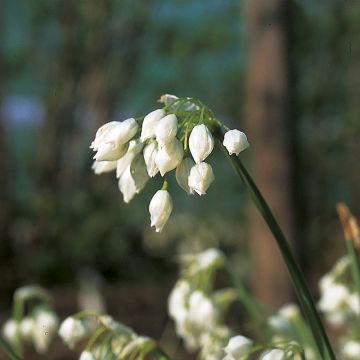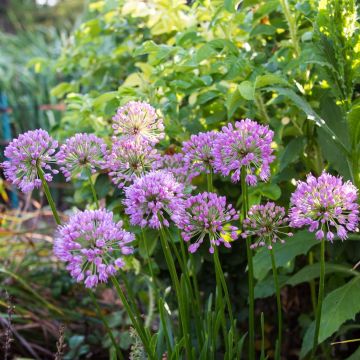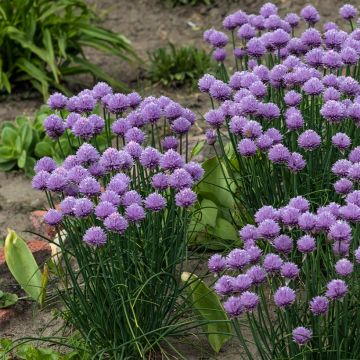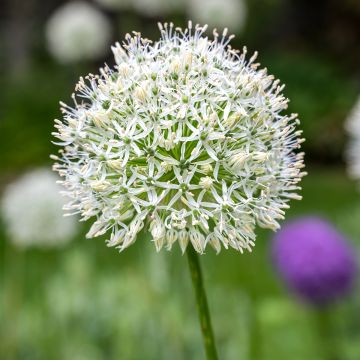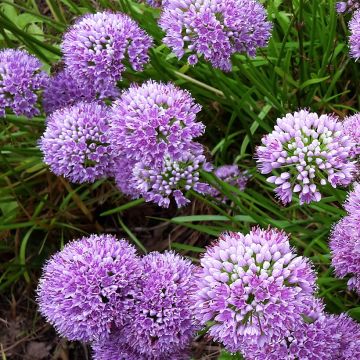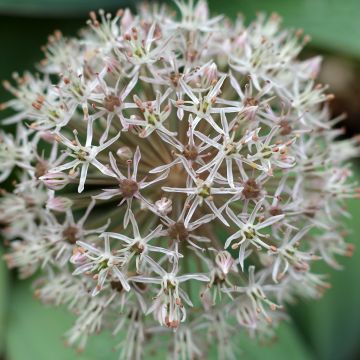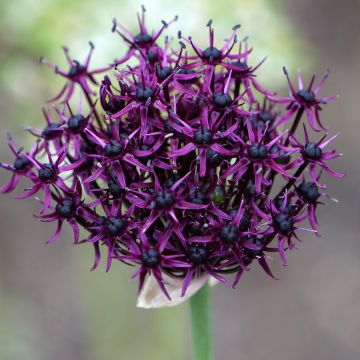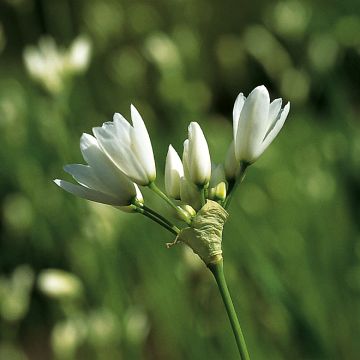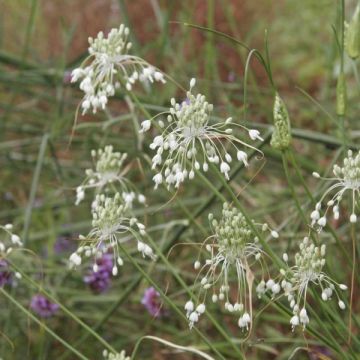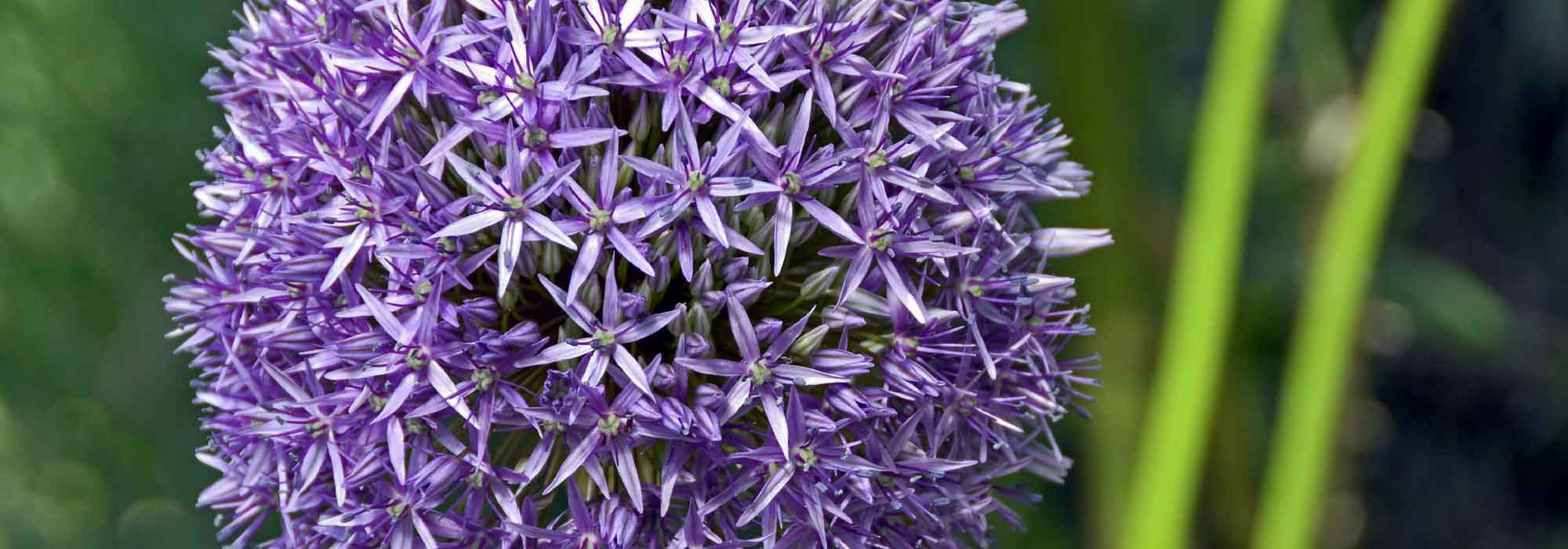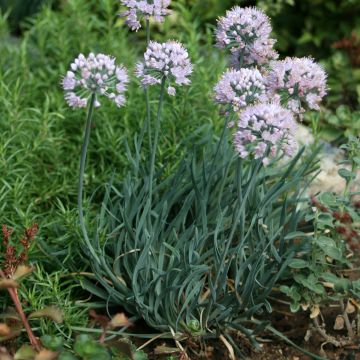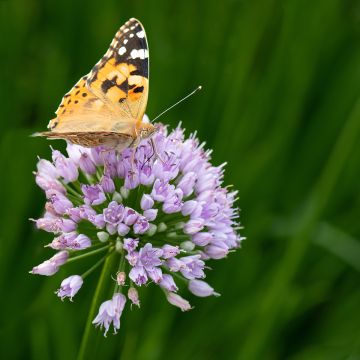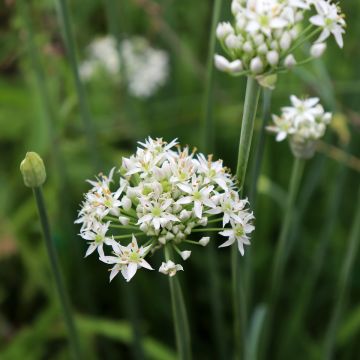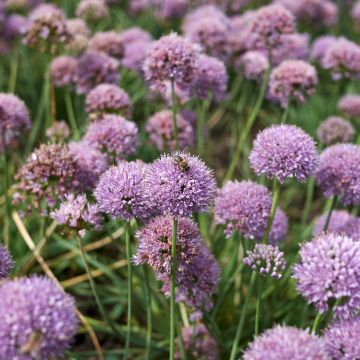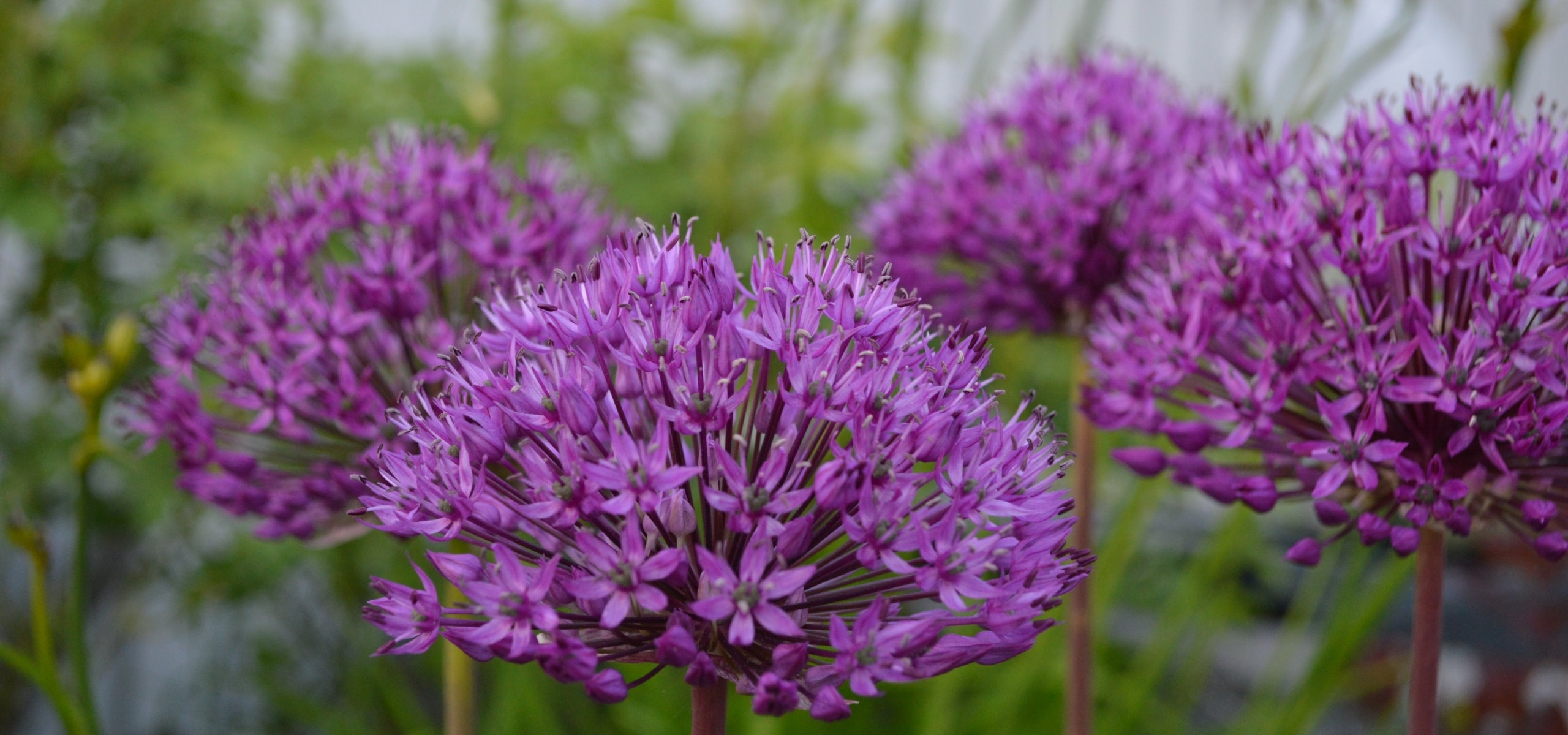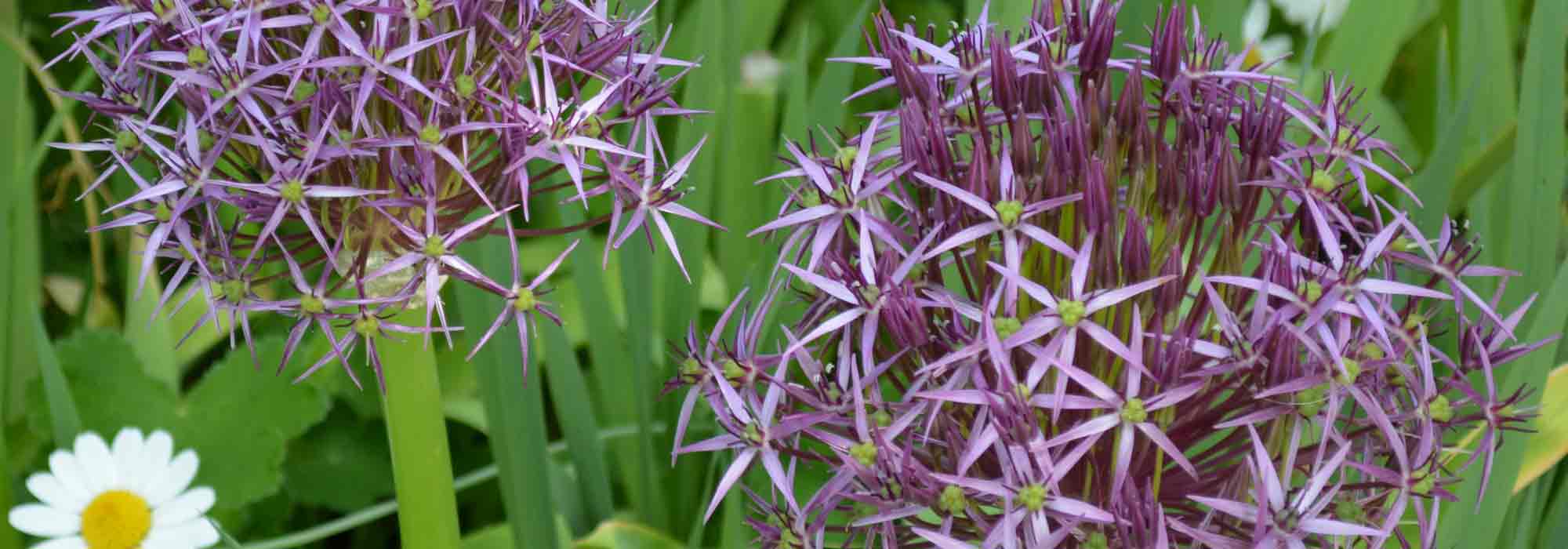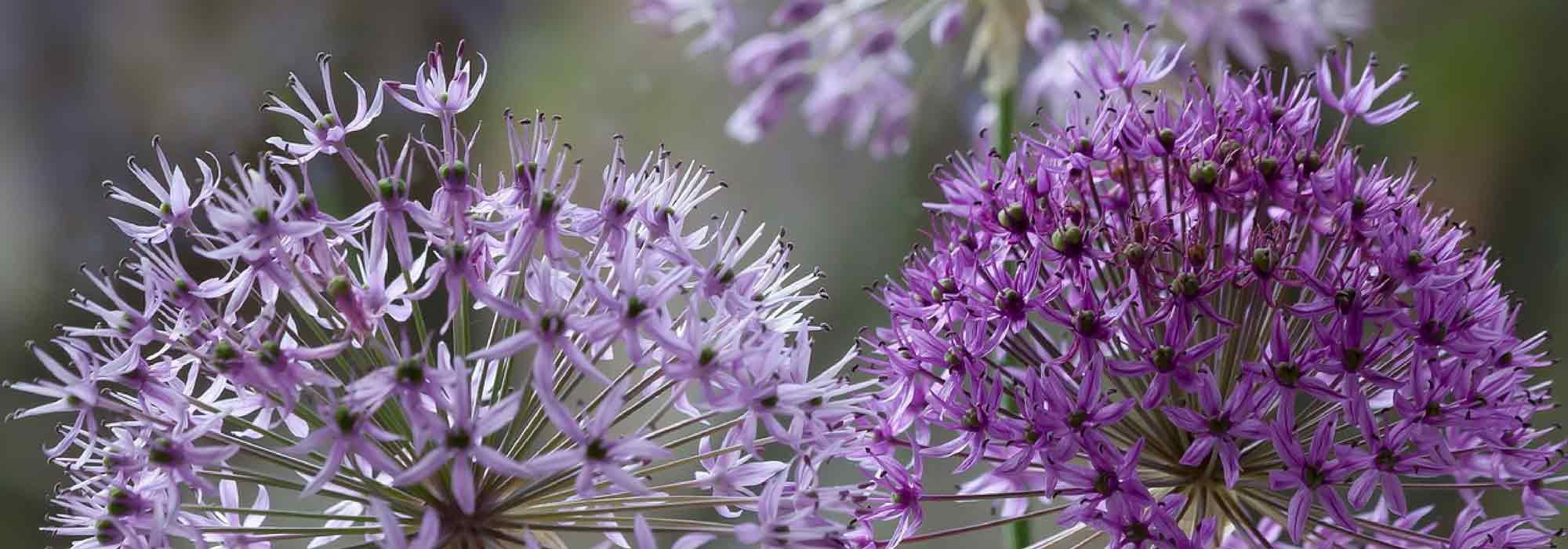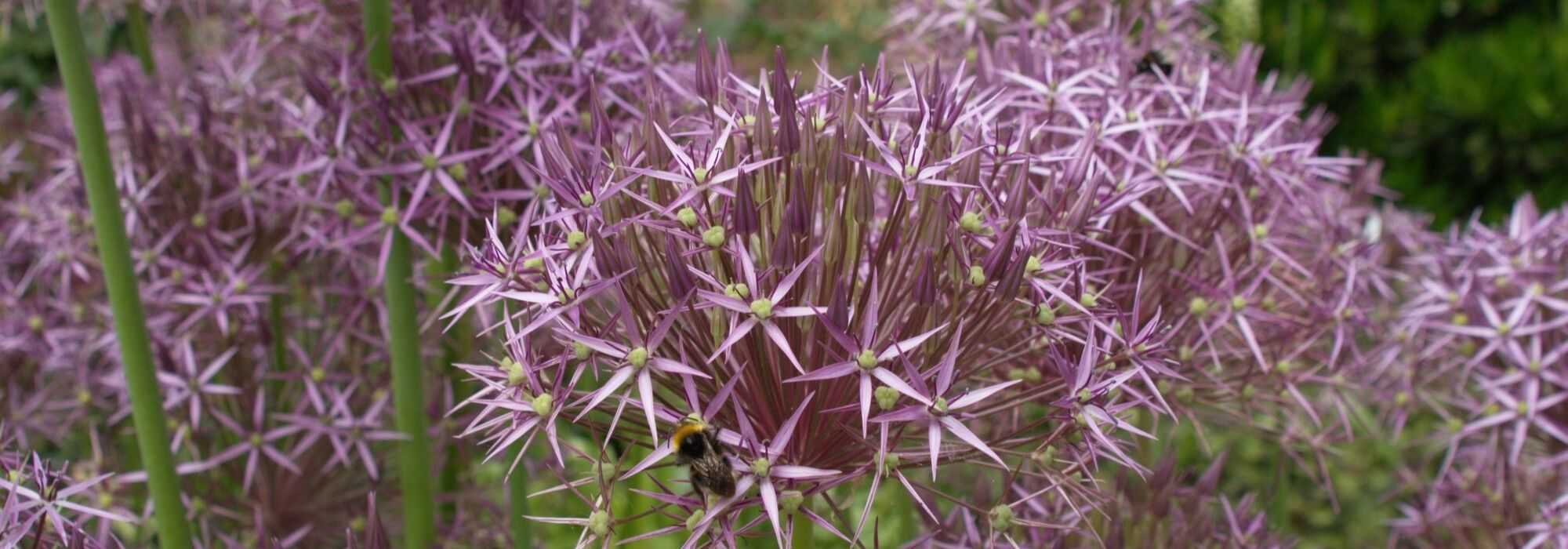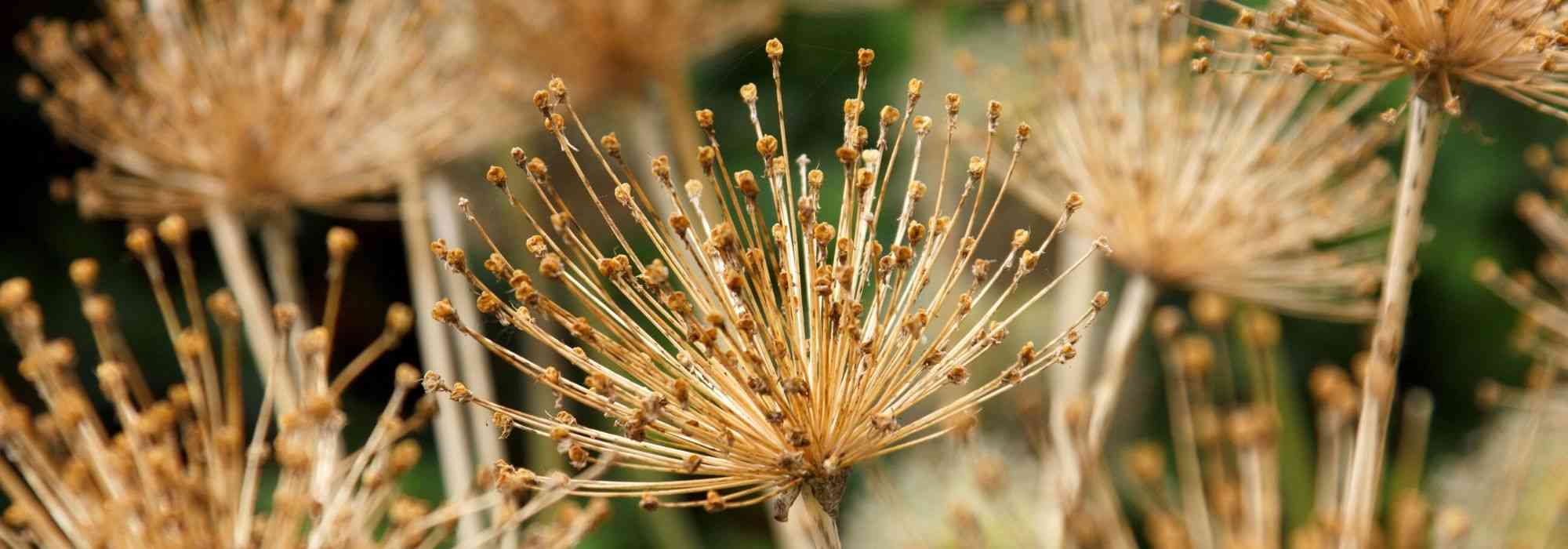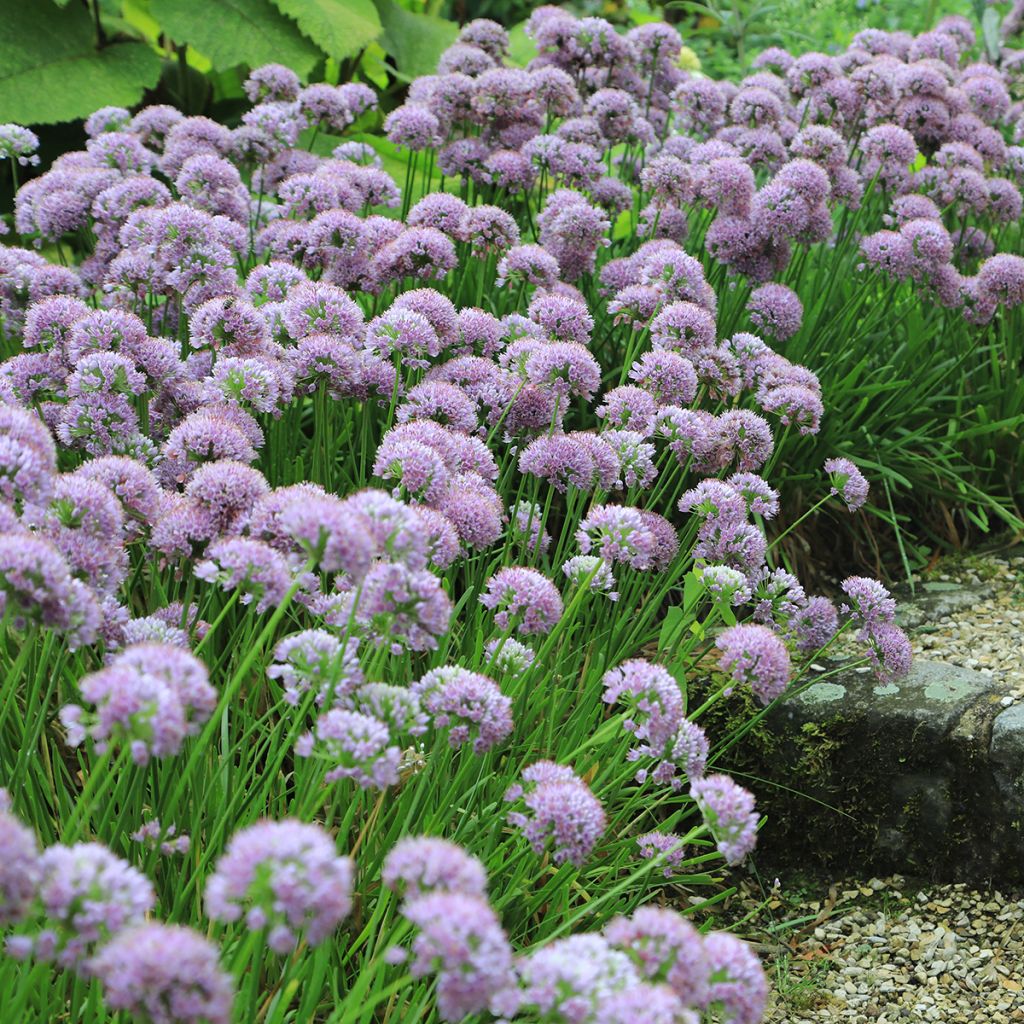

Allium angulosum
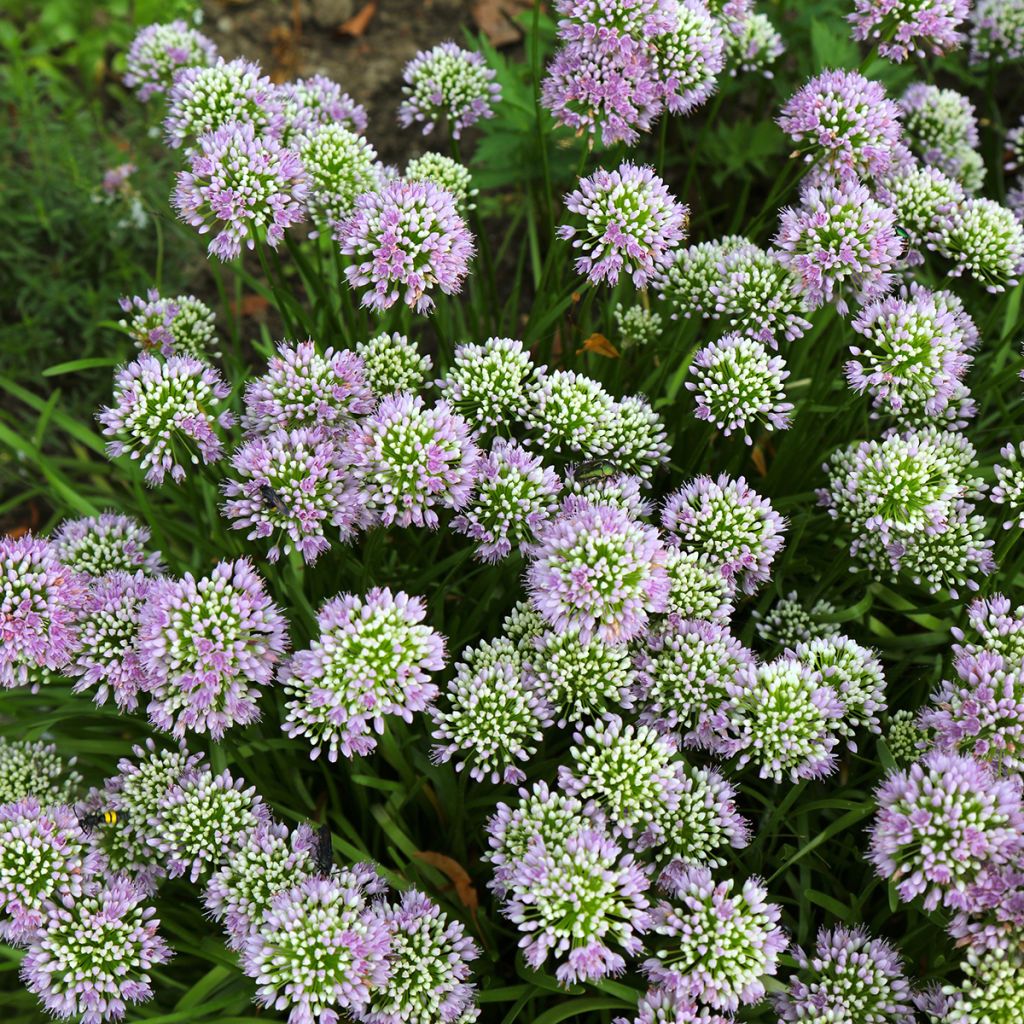

Allium angulosum
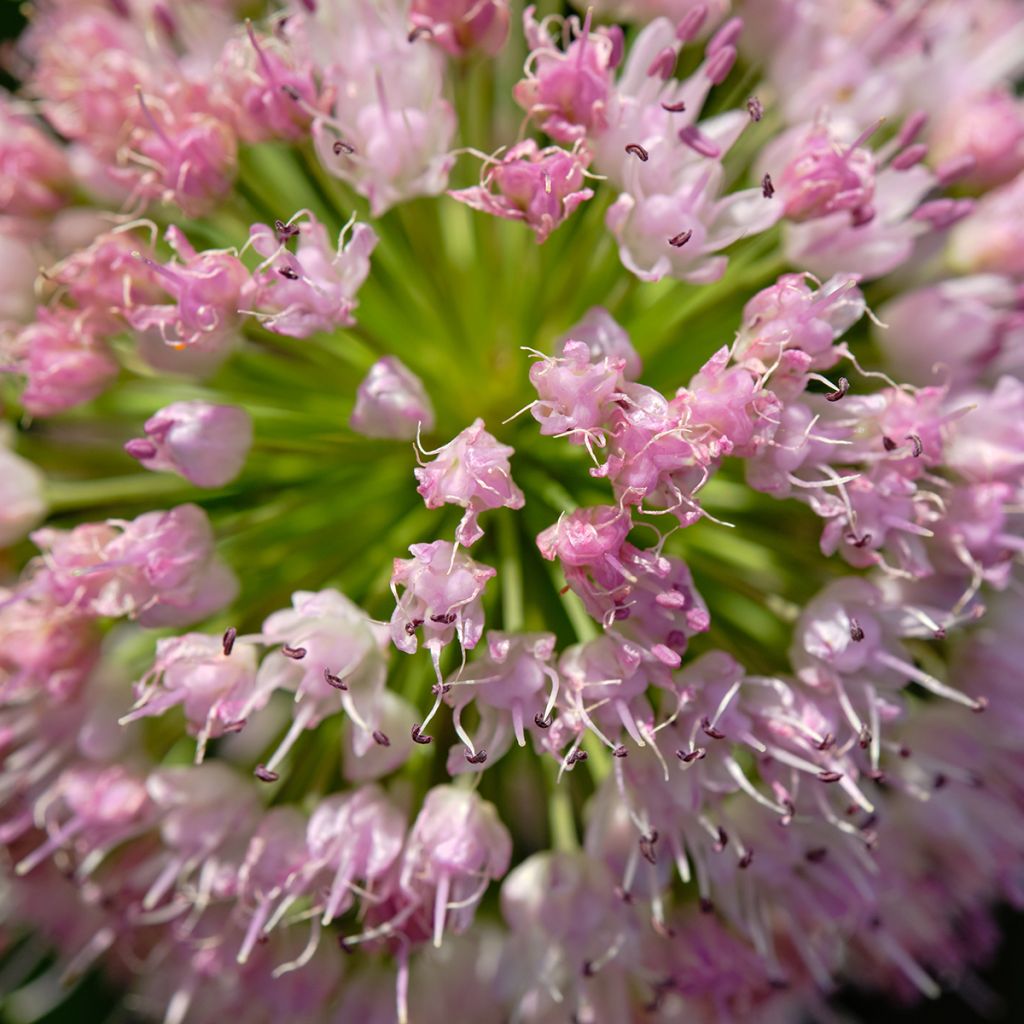

Allium angulosum
Allium angulosum
Allium angulosum
Mouse garlic, Ornamental Onion
Special offer!
Receive a €20 voucher for any order over €90 (excluding delivery costs, credit notes, and plastic-free options)!
1- Add your favorite plants to your cart.
2- Once you have reached €90, confirm your order (you can even choose the delivery date!).
3- As soon as your order is shipped, you will receive an email containing your voucher code, valid for 3 months (90 days).
Your voucher is unique and can only be used once, for any order with a minimum value of €20, excluding delivery costs.
Can be combined with other current offers, non-divisible and non-refundable.
Why not try an alternative variety in stock?
View all →This plant carries a 6 months recovery warranty
More information
We guarantee the quality of our plants for a full growing cycle, and will replace at our expense any plant that fails to recover under normal climatic and planting conditions.
Would this plant suit my garden?
Set up your Plantfit profile →
Description
Allium angulosum (synonyms A. acutangulum, A. angulare), commonly known as mouse garlic, is a botanical species found in marshes and wet meadows. It is now endangered and protected. It is characterised by broad upright leaves, an angular stem, and spherical umbels of soft lilac-pink flowers. Its summer flowering is highly attractive to butterflies and other pollinators. Like all garlic species, its foliage can be used as a condiment, and its flowers are very pretty in a vase. Make room for this beautiful bulbous plant in your garden!
Allium angulosum belongs to the Amaryllidaceae family. It is a hardy botanical species that is relatively easy to grow in any rich soil that does not dry out too much, and can even tolerate occasional flooding. This botanical species is native to central and northern Europe, the Caucasus, and Siberia. It is in sharp decline due to the fragility of its habitat, consisting of regularly flooded meadows and riverbanks. Its species name, angulosum, refers to the shape of its stem and the base of its leaves, which are slightly angular.
Allium angulosum is a perennial plant that reaches a height of 30 to 60cm (12 to 24in), with a horizontal rhizome that produces elongated bulbs with membranous tunics. It produces abundant foliage in spring and forms beautiful clumps. Its linear leaves are 3 to 5mm wide, with 5 parallel veins and a glossy green colour. The vegetation emerges from the ground in spring, and the flowering stems reach an average height of 45cm (18in). This plant spreads on the ground through bulb multiplication. It blooms between June and August, with umbels measuring 6 to 8cm (2 to 3in) in diameter. Each umbel is composed of numerous small flowers with 6 pastel pink petals. Dark anthers are present in the centre of these small flowers. The umbels mature to a white-pink colour in the garden and in a vase. After fertilisation by pollinating insects, they produce capsules containing seeds. The leaves disappear shortly after flowering. The plant survives the summer and winter in bulb form. The flowers, leaves, and bulbs with a garlic flavour are edible.
Use Allium angulosum in a wildflower bed or a small meadow, or even on the edge of a water feature. It is a robust species that is not very demanding as long as it has enough water during its growth and flowering periods. It expresses its full potential when planted in large groups of at least 10 to 15 bulbs. To accompany it, choose field flowers such as blue cornflowers, river thistles, or ragged robin, for example. When planted in isolated clumps amidst grasses such as pennisetum, carex, or tufted hairgrass, the decorative effect of this plant is guaranteed. It can also be planted in beautiful containers. It can also be used in bouquets: to reduce the garlicky scent of the flowers, you can add a drop of bleach to the water in the vase or change the water regularly.
Allium angulosum in pictures


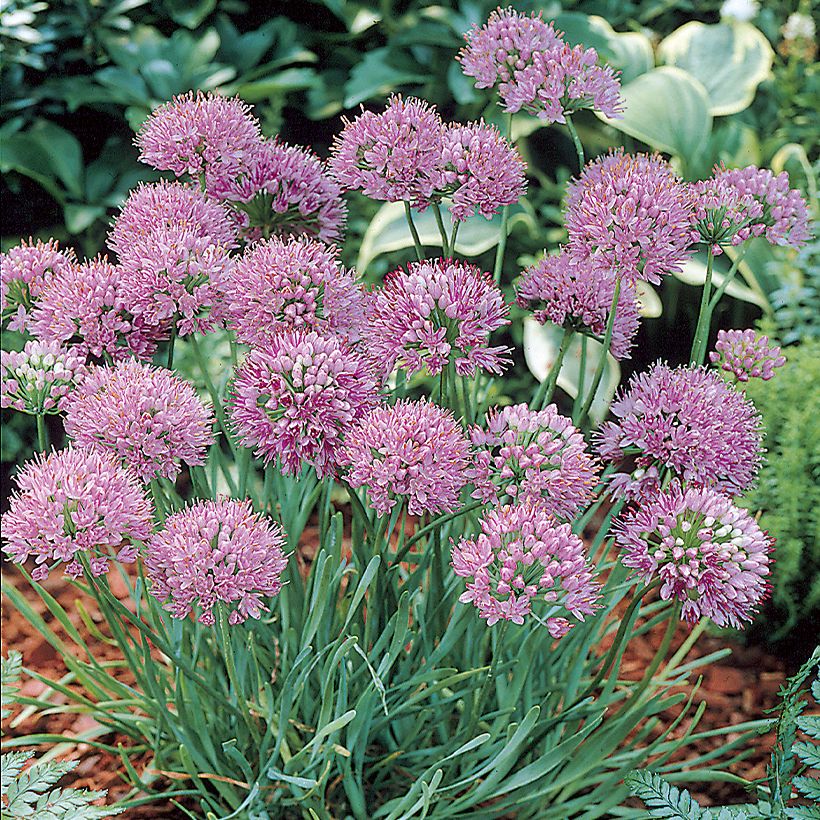

Plant habit
Flowering
Foliage
Botanical data
Allium
angulosum
Alliaceae - Liliaceae
Mouse garlic, Ornamental Onion
Allium acutangulum
Central Europe
Other Allium
View all →Planting and care
Alliums are relatively easy to grow, but they prefer well-draining soils that don't retain excessive moisture. Bulbous plants with angular stems can tolerate occasional flooding and require some moisture during their growth and flowering period. They thrive in rich and loose soils. However, they don't enjoy hot and dry climates. It is best to plant the bulbs before the end of October to allow them enough time to establish themselves. Give them a sunny spot. Plant them at a depth of 10 or 15cm (4 or 6in), with a spacing of 15cm (6in). Don't cut the foliage before it turns completely yellow, as this allows the bulbs to replenish their reserves. If the conditions are right, these bulbous plants require no special maintenance, but they don't tolerate root competition from other perennials. Alliums slowly multiply by producing small bulbs, eventually forming beautiful clumps.
Planting period
Intended location
Care
Planting & care advice
This item has not been reviewed yet - be the first to leave a review about it.
Haven't found what you were looking for?
Hardiness is the lowest winter temperature a plant can endure without suffering serious damage or even dying. However, hardiness is affected by location (a sheltered area, such as a patio), protection (winter cover) and soil type (hardiness is improved by well-drained soil).

Photo Sharing Terms & Conditions
In order to encourage gardeners to interact and share their experiences, Promesse de fleurs offers various media enabling content to be uploaded onto its Site - in particular via the ‘Photo sharing’ module.
The User agrees to refrain from:
- Posting any content that is illegal, prejudicial, insulting, racist, inciteful to hatred, revisionist, contrary to public decency, that infringes on privacy or on the privacy rights of third parties, in particular the publicity rights of persons and goods, intellectual property rights, or the right to privacy.
- Submitting content on behalf of a third party;
- Impersonate the identity of a third party and/or publish any personal information about a third party;
In general, the User undertakes to refrain from any unethical behaviour.
All Content (in particular text, comments, files, images, photos, videos, creative works, etc.), which may be subject to property or intellectual property rights, image or other private rights, shall remain the property of the User, subject to the limited rights granted by the terms of the licence granted by Promesse de fleurs as stated below. Users are at liberty to publish or not to publish such Content on the Site, notably via the ‘Photo Sharing’ facility, and accept that this Content shall be made public and freely accessible, notably on the Internet.
Users further acknowledge, undertake to have ,and guarantee that they hold all necessary rights and permissions to publish such material on the Site, in particular with regard to the legislation in force pertaining to any privacy, property, intellectual property, image, or contractual rights, or rights of any other nature. By publishing such Content on the Site, Users acknowledge accepting full liability as publishers of the Content within the meaning of the law, and grant Promesse de fleurs, free of charge, an inclusive, worldwide licence for the said Content for the entire duration of its publication, including all reproduction, representation, up/downloading, displaying, performing, transmission, and storage rights.
Users also grant permission for their name to be linked to the Content and accept that this link may not always be made available.
By engaging in posting material, Users consent to their Content becoming automatically accessible on the Internet, in particular on other sites and/or blogs and/or web pages of the Promesse de fleurs site, including in particular social pages and the Promesse de fleurs catalogue.
Users may secure the removal of entrusted content free of charge by issuing a simple request via our contact form.
The flowering period indicated on our website applies to countries and regions located in USDA zone 8 (France, the United Kingdom, Ireland, the Netherlands, etc.)
It will vary according to where you live:
- In zones 9 to 10 (Italy, Spain, Greece, etc.), flowering will occur about 2 to 4 weeks earlier.
- In zones 6 to 7 (Germany, Poland, Slovenia, and lower mountainous regions), flowering will be delayed by 2 to 3 weeks.
- In zone 5 (Central Europe, Scandinavia), blooming will be delayed by 3 to 5 weeks.
In temperate climates, pruning of spring-flowering shrubs (forsythia, spireas, etc.) should be done just after flowering.
Pruning of summer-flowering shrubs (Indian Lilac, Perovskia, etc.) can be done in winter or spring.
In cold regions as well as with frost-sensitive plants, avoid pruning too early when severe frosts may still occur.
The planting period indicated on our website applies to countries and regions located in USDA zone 8 (France, United Kingdom, Ireland, Netherlands).
It will vary according to where you live:
- In Mediterranean zones (Marseille, Madrid, Milan, etc.), autumn and winter are the best planting periods.
- In continental zones (Strasbourg, Munich, Vienna, etc.), delay planting by 2 to 3 weeks in spring and bring it forward by 2 to 4 weeks in autumn.
- In mountainous regions (the Alps, Pyrenees, Carpathians, etc.), it is best to plant in late spring (May-June) or late summer (August-September).
The harvesting period indicated on our website applies to countries and regions in USDA zone 8 (France, England, Ireland, the Netherlands).
In colder areas (Scandinavia, Poland, Austria...) fruit and vegetable harvests are likely to be delayed by 3-4 weeks.
In warmer areas (Italy, Spain, Greece, etc.), harvesting will probably take place earlier, depending on weather conditions.
The sowing periods indicated on our website apply to countries and regions within USDA Zone 8 (France, UK, Ireland, Netherlands).
In colder areas (Scandinavia, Poland, Austria...), delay any outdoor sowing by 3-4 weeks, or sow under glass.
In warmer climes (Italy, Spain, Greece, etc.), bring outdoor sowing forward by a few weeks.






























